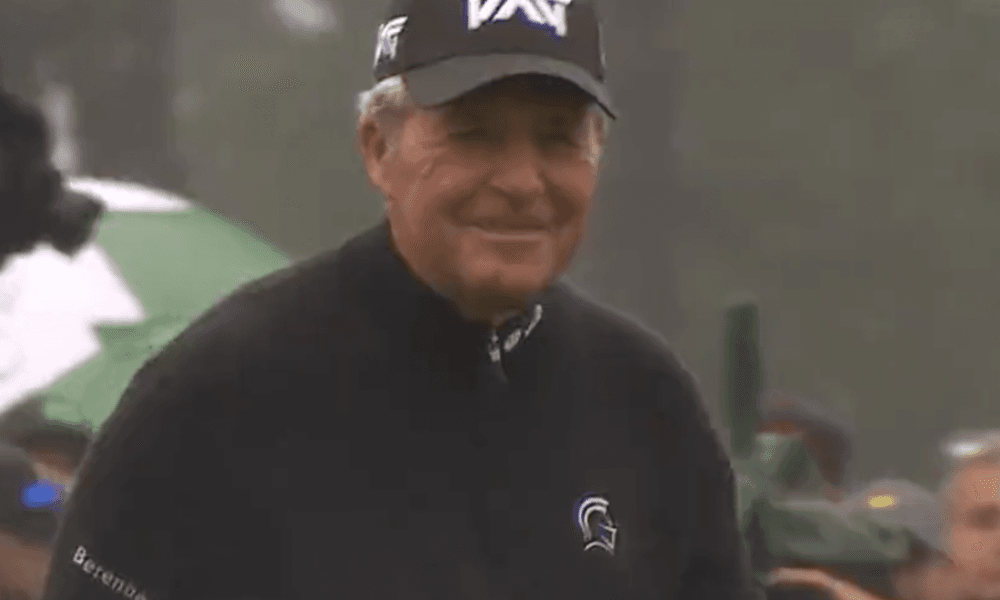Gary Player’s replica Claret Jug recently sold at Golden Age Auctions for an astounding price of $481,068. The replica given to players after a victory at the Open Championship is 90% of the original size of the actual Claret Jug. The auction house stated that this was the only replica Claret Jug they have ever had up for auction. The jug belonged to Gary Player and was from his 1974 Open Championship victory, where he had a dominating performance and went wire to wire to secure his third Open Championship victory.
The 1974 Open Championship at Royal Lytham & St Annes was a significant moment in Gary Player’s career, and the victory resulted in a four-stroke win over Peter Oosterhuis and the rest of the field. Player was the only golfer under par for the tournament as conditions were tough that year. The rarity of official large Claret Jugs like this one is unparalleled in the golf collecting world. While Golden Age Auctions has previously auctioned off Masters Tournament trophies, this was the only time they had the official large Claret Jug up for auction, making it highly coveted by collectors.
Following the sale of the replica Claret Jug, Gary Player released a statement expressing that he never gave consent for the item to be sold and that it was done against his wishes. The statement hinted at legal action being taken by Player in response to the unauthorized sale of the trophy. The controversy surrounding the auction further added to the intrigue and value of the Claret Jug replica. Collectors and fans of Gary Player were left wondering about the circumstances leading to the sale and the implications for the future of golf memorabilia auctions.
The unauthorized sale of Gary Player’s replica Claret Jug raised questions about the authenticity and ownership of golf memorabilia. Player’s statement was a clear indication that he intended to protect his legacy and the significance of his achievements in the sport. The legal action threatened by Player added another layer of complexity to the situation, highlighting the importance of respecting athletes’ wishes regarding the sale of their personal belongings and memorabilia. The incident served as a reminder of the ethical considerations involved in collecting and selling sports memorabilia.
In conclusion, the sale of Gary Player’s replica Claret Jug at Golden Age Auctions for a record-breaking price of $481,068 brought attention to the rarity and value of golf memorabilia. The controversy surrounding the auction, with Player expressing his disapproval and intent to take legal action, added a dramatic twist to the story. This incident underscored the importance of respecting athletes’ wishes and protecting the integrity of sports memorabilia collecting. As the golf collecting community reflects on this event, it serves as a reminder of the ethical responsibilities that come with buying and selling items of historical significance in the world of sports.
